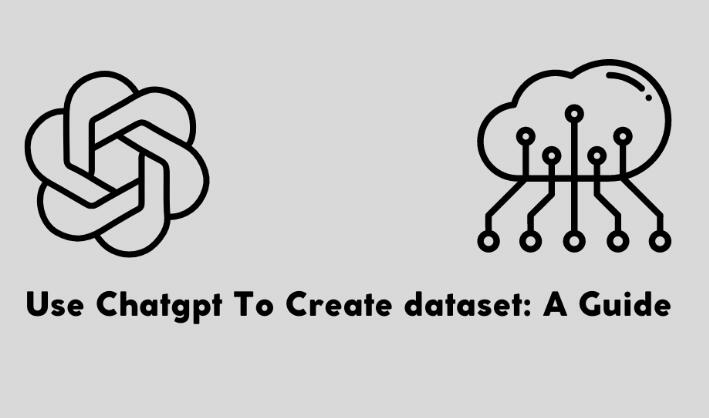
As the world becomes more data-driven, the need for high-quality datasets has become increasingly important. A dataset is a collection of data points that are organized in a specific way for analysis. Many companies and researchers rely on existing datasets to conduct their research, but sometimes they need to create their own datasets to meet their specific needs. This is where ChatGPT can help.
How to Use ChatGPT to Create a Dataset
Creating a dataset from scratch can be a daunting task, especially if you don’t have a lot of experience in data collection and management. However, with ChatGPT, you can leverage AI to make the process much easier.
Step 1: Define Your Dataset
The first step in creating a dataset is to define your research question and the variables you want to study. Once you have a clear idea of what you want to study, you can use ChatGPT to generate a list of relevant keywords and topics.
Step 2: Collect Data
Once you have defined your dataset, the next step is to collect data. This can be done manually, by searching for relevant information online, or by using automated tools like web scrapers. ChatGPT can also help you with this step by suggesting relevant sources and helping you filter out irrelevant information.
Step 3: Clean and Organize Data
After you have collected your data, you will need to clean and organize it. This involves removing duplicates, correcting errors, and formatting the data in a way that makes it easy to analyze. ChatGPT can help with this step by suggesting data cleaning and formatting techniques based on the type of data you are working with.
Step 4: Label Data
Once you have cleaned and organized your data, the next step is to label it. Labeling involves assigning categories or tags to each data point so that it can be easily classified and analyzed. ChatGPT can help with this step by suggesting relevant categories and labels based on the content of the data.
Step 5: Analyze Data
After you have labeled your data, you can start analyzing it. This involves running statistical analyses, building models, and visualizing the data in a way that makes it easy to interpret. ChatGPT can help with this step by suggesting relevant statistical techniques and visualization tools.
Advantages of Using ChatGPT to Create a Dataset
Using ChatGPT to create a dataset offers several advantages over traditional methods:
1. Efficiency
ChatGPT can help you automate many of the time-consuming tasks associated with dataset creation, such as data collection, cleaning, and labeling. This means you can create a high-quality dataset in a fraction of the time it would take to do it manually.
2. Accuracy
Because ChatGPT is an AI model, it is not subject to the same biases and errors that humans are prone to. This means you can be confident that your dataset is accurate and reliable.
3. Flexibility
With ChatGPT, you can easily adjust your dataset as your research needs evolve. This means you can add or remove variables, change labels, and refine your analysis as needed.
Conclusion
Creating a dataset can be a time-consuming and challenging task, but with ChatGPT, you can leverage AI to make the process much easier. By following the steps outlined in this article, you can create a high-quality dataset in a fraction of the time it would take to do it manually. Additionally, using ChatGPT to create a dataset offers several advantages over traditional methods, including efficiency, accuracy, and flexibility.
If you’re interested in creating your own dataset, consider using ChatGPT to streamline the process. With its advanced natural language processing capabilities, ChatGPT can help you generate relevant keywords, collect data, clean and organize data, label data, and analyze data. By leveraging the power of AI, you can create a high-quality dataset that meets your specific research needs.



